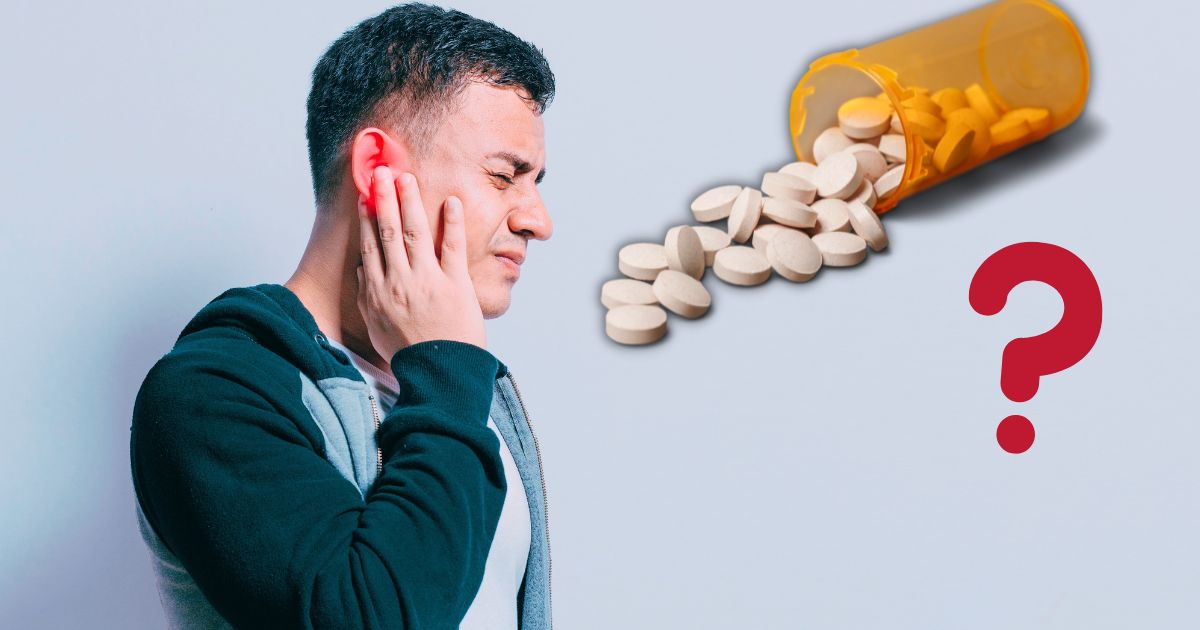
Hearing Health and Technology Matters is honored to present a three-part series on tinnitus drug treatment by Dr. Carol Bauer, a recognized international authority on tinnitus.
Dr. Bauer is Professor and Chair of the Division of Otolaryngology Head and Neck Surgery at Southern Illinois University School of Medicine, Springfield, Illinois. Her areas of interest and expertise relate to hearing loss, balance disorders, and evaluation and management of tinnitus (ringing in the ears). It is this latter area in which she is writing here about her research – research dedicated to understanding the central mechanisms responsible for generating tinnitus, and to develop effective strategies for tinnitus treatment.
Dr. Bauer comments that pharmacological treatments for tinnitus have been in use for centuries with varying success. It is to help clarify these issues that the trajectory and revolution of interventions from empirical trials driven by anecdotal observations, to more rational drug choices driven by theoretical mechanisms and scientific evidence, is taking place.
–Wayne Staab, Editor
What is Tinnitus?
Tinnitus is the sensation of hearing a sound that does not originate from an identifiable external source.
Reports of hearing a ‘phantom sound’ date back millennia, along with evidence of observations concerning the utility of masking and the influence of stress and personality types on tinnitus impact.
Current demographic data indicate that tinnitus is experienced by nearly 50 million Americans, with a prevalence of 10-15% of the adult population. Significantly, 3 million people are reported to have severe distress related to tinnitus that disrupts daily life.
Attempting to Control Tinnitus with Medication
The distress that can accompany tinnitus has likewise affected people over the ages, and the attempt to control tinnitus with medications has a very long history, with various degrees of reported success.
It would be a mistake, however, to view tinnitus as a homogenous sensory phenomenon with a uniform impact on those experiencing the chronic sensation. Arguably, the most significant strategic error in the field of drug therapy for tinnitus to date has been the conceit that all tinnitus is the same and therefore a single drug will be effective in all people.
In this review I will discuss the clinical problem of tinnitus and present my views on the challenges of developing and testing drugs to treat tinnitus (Part 1).
I will illustrate these views using gabapentin as the classical story of tinnitus drug development (Part 2).
I will wrap up with evidence for the utility of using valid reliable animal models to investigate tinnitus mechanisms and to explore novel drug treatments for this challenging clinical problem (Part 3).

Impact of Tinnitus on Individuals
The following scenarios illustrate the variable presentation and impact tinnitus can have on an individual.
Scenario #1: an 80-year old active woman reports progressive worsening of her chronic bilateral high-pitched non-pulsatile tinnitus. It has been present for 25 years but over the past 5 years it has been louder and more intrusive. The tinnitus does not interfere with her sleep or her concentration. Her primary complaint is that the tinnitus interferes with her ability to hear.
Scenario #2: a 38-year old data analyst reports a 3-month history of severely bothersome tinnitus localized to the right ear. The tinnitus began after he attended a concert in which the music was very loud. He had bilateral tinnitus and muffled hearing in both ears immediately after the event. After 24 hours the hearing loss and tinnitus resolved in the left ear but has persisted on the right. Currently, he reports difficulty sleeping, concentrating and working because the tinnitus is loud and distracting.
Scenario #3: A 54-year old woman reports a one-year history of bothersome tinnitus. The tinnitus was sudden in onset, without associated known changes in hearing. She has felt depressed and anxious because of the constant high-pitched hissing sound. She has tried self-medicating with herbals, vitamins, alcohol and cannabis, but there is no consistent improvement in the tinnitus. Her audiogram shows a moderate-to-severe high-frequency sensorineural hearing loss between 8000 and 12000 Hz.
Scenario #4: A 35-year old man reports chronic bilateral tinnitus that began after a motor vehicle accident that resulted in a mild concussion and neck sprain. He denies hearing loss although audiometric testing shows bilateral borderline normal-to-mild sensorineural hearing loss between 4000 and 6000 Hz. His tinnitus is exacerbated in association with his worsening chronic neck pain. He can modulate the tonal quality and the perceived loudness of the tinnitus with head turning and jaw pressure. The tinnitus is particularly disturbing in the early morning and awakens him from sleep.

Figure 1. Reported impact of tinnitus on daily life of 3,431 respondents, in percent. Modified from Kochkin, et. al., 20011.
All four individuals describe hearing a sound without an external source. Hearing loss is the etiology of the tinnitus in each case, with specific causes of age-related loss (scenario #1), noise-induced hearing loss (scenario #2), and hearing loss of unknown cause (scenarios #3 and #4). The fourth case illustrates how some forms of tinnitus are linked to head and neck trauma, with somatosensory stimulation a significant modulating factor. These cases illustrate the common cause of tinnitus (hearing loss) and the variable response that occurs in the individual in reaction to the tinnitus. Although a constellation of deficits and impairments are reported by people suffering from chronic tinnitus, there are common threads that drive the distress and are highlighted in Figure 1.
Clinical Problem of Tinnitus Distilled to Three Elements
The clinical problem of tinnitus can be distilled down to three elements:
- The tinnitus perception
- The effect of tinnitus on attention (and the consequent impact on daily activity), and
- The emotional response to tinnitus (which also impacts activities of daily life).
The multidimensional nature of tinnitus is at the crux of developing effective therapeutics. The pathway to successful pharmacologic management of tinnitus must begin with identifying which of the elements will be addressed, targeting the neuropharmacology that underlies that specific element, and designing a clinical trial that will appropriately assess the impact of intervention on the tinnitus element of interest.
Effective pharmacologic management requires targeting the specific element of tinnitus, addressing its underlying neuropharmacology, and conducting clinical trials that evaluate the impact of intervention on the relevant tinnitus element.
**Click here for Part 2 on tinnitus treatment with gabapentin
Reference
- Kochkin, S., Tyler, R., and Born, J. 2011. MarkeTrak VIII: The Prevalence of Tinnitus in the United States and the Self-Reported Efficacy of Various Treatments. The Hearing Review, December 1, 2011.






